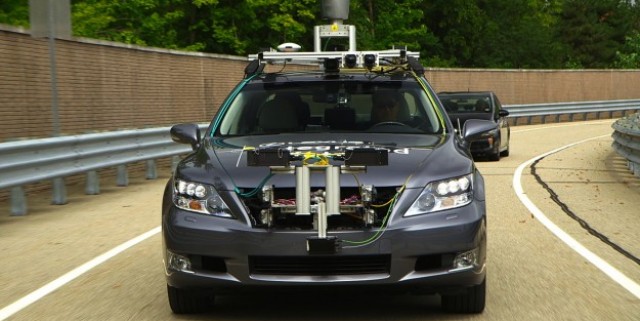
Toyota will introduce autonomous driving technologies by the middle of the decade as it aims to improve the safety and convenience of its vehicles and reduce their environmental impact.
The Japanese manufacturer’s advanced driver support system – dubbed Automated Highway Driving Assist (AHDA) – links two new technologies: cooperative adaptive cruise control, which wirelessly communicates with other vehicles to maintain a safe distance; and lane trace control, which aids steering to keep the vehicle on an optimal line within the lane.
Unlike conventional radar-based adaptive cruise control systems, Toyota’s cooperative system uses vehicle-to-vehicle ITS communications to transmit acceleration and braking data of preceding vehicles so that following vehicles can adjust their speeds accordingly. This allows AHDA-equipped cars to maintain better distances between vehicles, as well as reduce unnecessary acceleration and braking, leading to improved fuel efficiency and reduced traffic congestion.
Lane trace control uses high-performance cameras, millimetre-wave radar and control software to read the road markings and uses the information to adjust the vehicle’s steering angle, driving torque and braking force to maintain the optimal line within the lane.
Toyota has been researching automated driving technologies since the second half of 1990s and conducting public road tests in the US for a number of years.
The car maker says it understands the importance of the driver being in “ultimate control” of the vehicle, and says it will only introduce AHDA and other advanced driving support systems so that “the driver maintains control and the fun-to-drive aspect of controlling a vehicle is not compromised”.
The technology is expected to debut on the company’s high-end models like the next-generation Lexus LS before filtering down to more mainstream models





